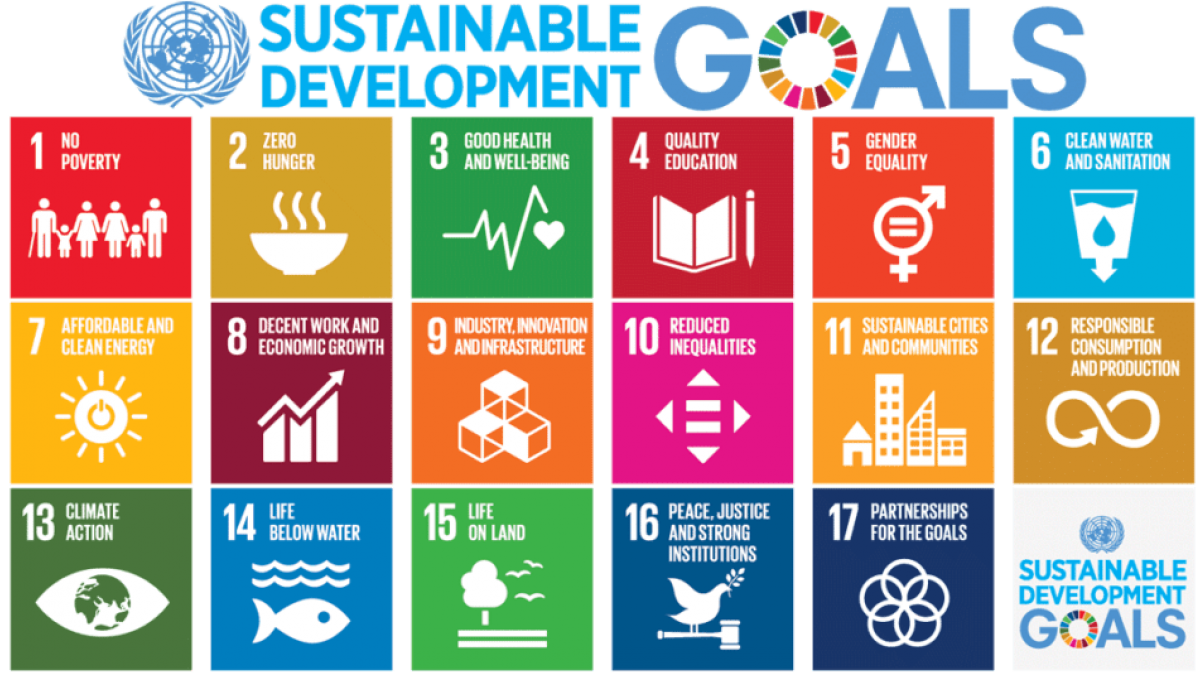By: Ellen H. Starbird
Each year, governments and civil society members in USAID partner countries around the world take World Population Day as an opportunity to reflect on the state of the world’s population. USAID policy and programming have long recognized and supported work that demonstrates the influence that access to voluntary family planning and reproductive health services can have on equity and on population dynamics. An understanding of population dynamics—including changes in fertility, migration, and population growth and decline—can inform the timing and nature of strategic investments in health, education, job growth, and economic markets, and by extension, national and global development prospects. Decision-makers and advocates increasingly recognize the importance of family planning to development, as evidenced by its inclusion in the Sustainable Development Goals (SDGs). These stakeholders also understand that accounting for population dynamics can inform decisions about resource allocation and policy priorities.
Equity at the Heart of Family Planning
USAID’s investments in family planning and reproductive health support the Biden-Harris Administration’s commitment to advancing sexual and reproductive health and rights and the empowerment of women and girls. For example, in low and middle-income countries, 218 million women of reproductive age want to prevent or delay a future pregnancy but are not using a form of modern contraception. Through partnerships, USAID diversifies the contraceptive methods available for women and young people in our partner countries, so that they can choose and use the method that best meets their needs. USAID and our partners also work to improve gender equity and equality by understanding and positively influencing social norms that might otherwise prevent women and girls (and boys and men) from accessing family planning and reproductive health information and services; achieving their academic, professional, and personal ambitions; or having productive dialogue on family planning decisions with their partners. Grounded in voluntarism and informed choice, USAID’s efforts support women’s and young people’s health outcomes, educational attainment, civic participation, career progress, economic security, and other aspects of their lives.

Data Informs Decision-Making
To support informed decision-making and strategic investments, USAID supports the collection of timely country-level data, including through the Demographic and Health Surveys (DHS). These data, now available for 90 countries from 400 surveys, enable governments, advocates, program managers, and others to strategically focus and coordinate efforts. DHS data paint a picture of the countries and sub-regions where we work, including the number of young people, their distribution across rural and urban areas of the country, their ability to access contraception and youth-friendly health services, and the types of investments that are needed to ensure adequate health, educational, economic, and other infrastructure to support every aspect of their well-being, and by extension, the well-being of their communities. Access to family planning, combined with well-timed investments in these other areas can create an opportunity for accelerated economic growth.

Sustaining Progress Towards the SDGs
In an effort to ensure that countries sustain progress toward the SDGs–particularly as policymakers make difficult budgetary decisions to respond to COVID-19–USAID and our implementing partners support governments and other stakeholders in the development of supportive and enabling policy environments. That may mean engaging sub-national decision-makers to allocate funding to support community health workers, who often act as a lifeline to connect rural communities to essential healthcare services, or making the case to decision-makers to include budget line items dedicated to family planning. In other countries, it may mean supporting advocates and policymakers to update legislation that defines reproductive health as a universal right, and allows for community health workers to dispense contraceptives. Diversifying funding and mobilizing more domestic resources for family planning in the countries we partner with will support a more holistic approach to family planning financing and enable partners to target assistance.
Of course, access to family planning is not enough on its own to achieve national or global goals. But the power of family planning to positively shape population dynamics and household, community, and national development is undeniable. That transformative power is worth celebrating today, and every day.
